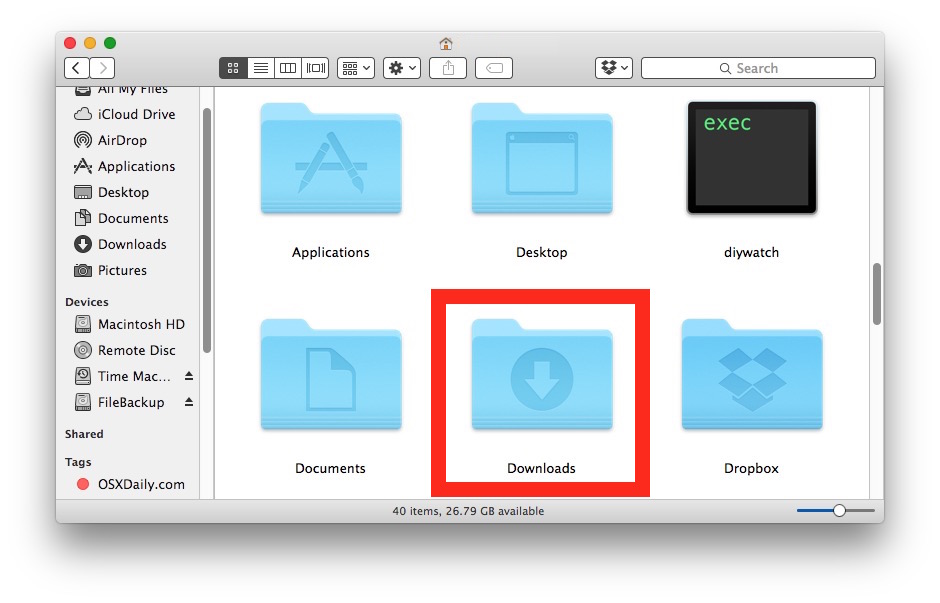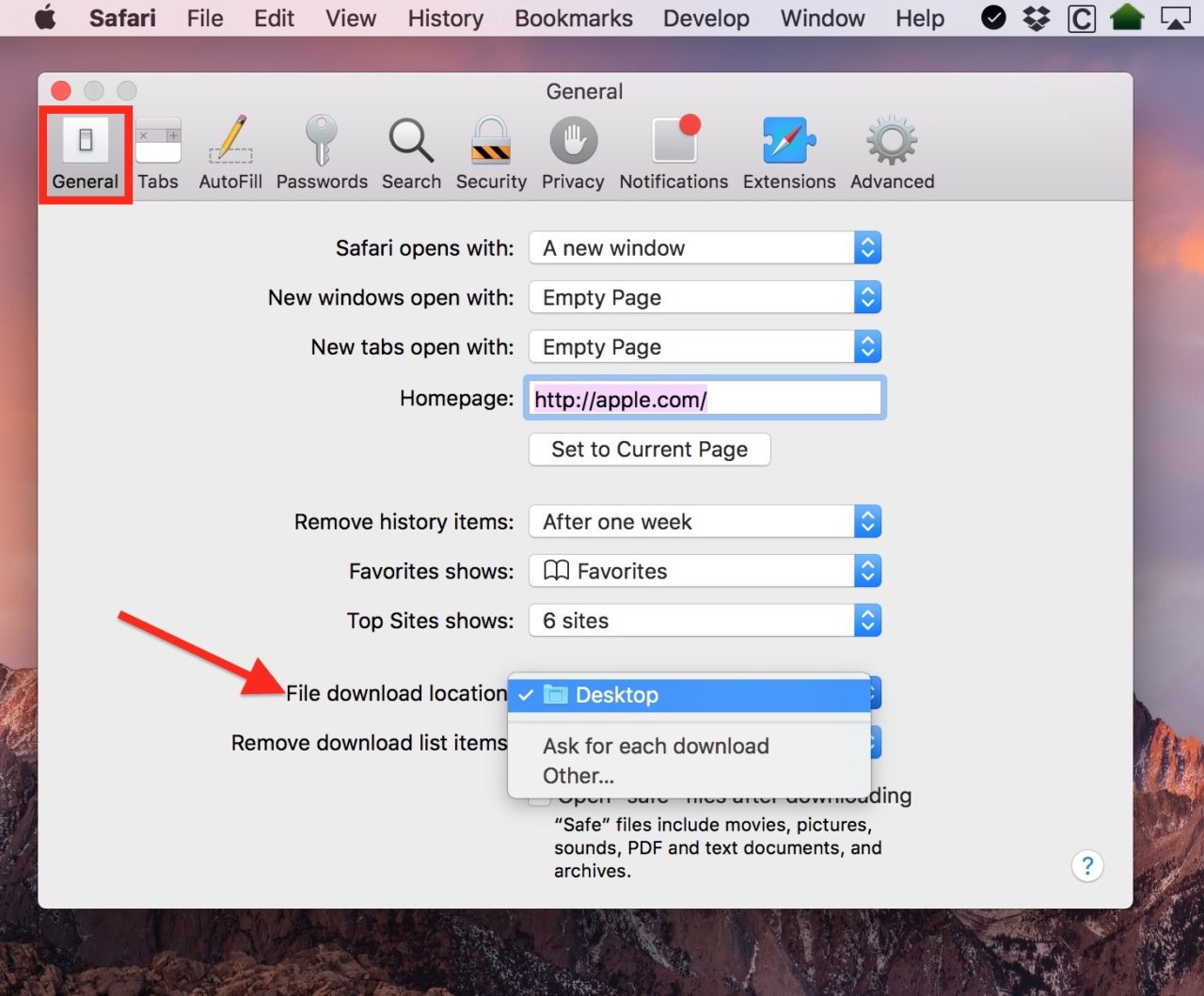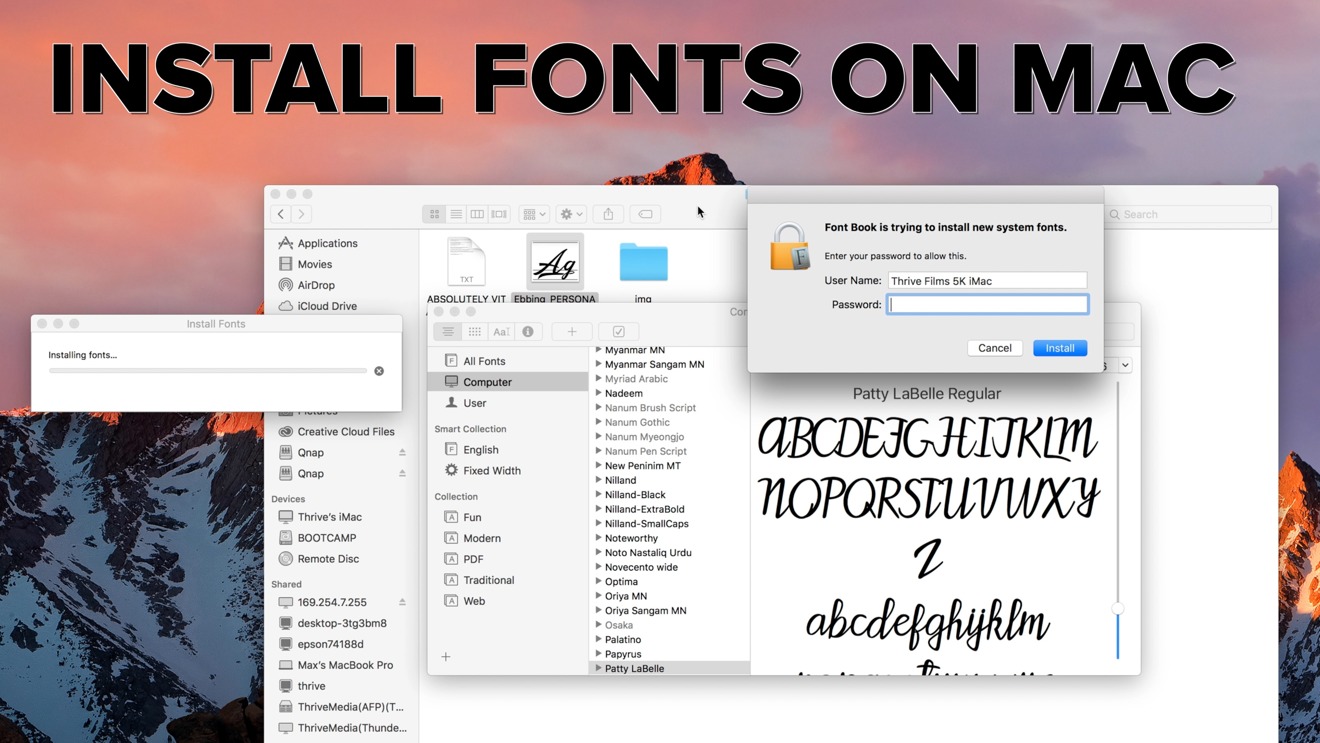Nov 30, 2017 The Downloads folder is aptly named, since it’s where anything you download from Safari – or other browsers – ends up. This setting can be changed: in Safari, for example, go to Safari Preferences, click General, choose Other from File download location, and then select a different folder. By default, the Downloads Folder exists right in the Dock of your Mac. Take a look at bottom of the Mac Screen, you should be able see the Downloads Folder, located on the right side of the Dock near the Trash Can (See image below). Clicking on the Downloads Folder will provide you with access to all the files downloaded to your Mac.
- Why Don't New Downloads Show In Download Folder On Macbook Pro 13.3
- Why Don't New Downloads Show In Download Folder On Macbook Pro 2017
- Why Don't New Downloads Show In Download Folder On Macbook Pro Model
- Why Don't New Downloads Show In Download Folder On Macbook Pro 11
- Why Don't New Downloads Show In Download Folder On Macbook Pro Desktop
You might sometimes lose track of the files you've downloaded with your web browser. The tips on this page help you keep track of your downloads, and find the downloaded files on your computer.
Press Ctrl+J to view browser downloads
First, try pressing Ctrl+J (or Command+Option+L on a Mac). On many browsers, this shortcut opens your Downloads interface. You can see downloads that have completed, and any downloads that are still in progress. If you double-click a file in the list, it opens or runs. You can also click a button to open the folder on your computer where the file was downloaded.
Why Don't New Downloads Show In Download Folder On Macbook Pro 13.3
In the example pictured here, a downloaded file is shown in the Firefox downloads window (called the 'Library').
For additional information about finding downloaded files in your operating system, continue reading the sections below.
View downloads on Microsoft Windows

Using your web browser
Why Don't New Downloads Show In Download Folder On Macbook Pro 2017
The Internet browser you use when downloading a file can determine where the file is saved. Most browsers save a file to a Downloads folder in your User profile folder on your computer.
TipThe fastest way to view your recent downloads in Chrome, Microsoft Edge, Internet Explorer, Firefox, and Opera, is to press Ctrl+J on your keyboard. After the shortcut key combination is pressed, a downloads tab or window (shown below) appears.
TipIn the Internet browser options or settings, you can find where your download files are saved. You can then change that download location or leave it alone.
Using the Start menu
To access your downloads outside the browser, press the Windows key, type Downloads, and then press Enter.
In some cases, when you download a file, you may be presented with a pop-up dialog box asking if you want to Save the file or Run the file. If you select the Save option you can specify where to save the file including the desktop, Documents folder, or any other location.
In an Explorer window
You can also find your Downloads folder in any File Explorer window.Open a new explorer window by pressing Windows key+E.
Or, as pictured below, you can click the File Explorer icon on your Taskbar.

In your File Explorer window, you can navigate to your Downloads folder using the shortcut in the left pane or by clicking on Downloads under other headings such as Frequent Folders.
Bonus TipCreate a shortcut to your downloads folder to quickly get access to it from the desktop. See: How to create a Windows shortcut.
View downloads on an Apple Mac
From the Finder, you can open the Downloads folder by first clicking File → New Finder Window, or pressing the Command key+N. Then, click Downloads the left pane.
You can also access your downloads using the link on the Dock. In the lower right side of the dock, click Downloads. Your most recent downloads will spring out of the dock.

Click on any icon to open that file.


View downloads on an Android phone and tablet
Android phones and tablets include an app called Files or My Files, depending on the brand. The app displays all files on the device, including those downloaded, listed in chronological order.
The Files or My Files app is found in the app drawer. Open the app and tap the Downloads option to view downloaded files on your phone or tablet.
Why Don't New Downloads Show In Download Folder On Macbook Pro Model
If you don't like the default file manager app, another option is to download and install the Files by Google app, available in the Google Play store. The app helps you organize all files on your Android phone and tablet, and gives you easy access to downloaded files. It also includes features for clearing app cache and deleting junk files, which helps to regain storage space on the device.
View downloads on an iPad and iPhone
On the iPad and iPhone, downloaded files are not saved or stored in a single location. Instead, downloaded files are associated and accessible through compatible apps.
Why Don't New Downloads Show In Download Folder On Macbook Pro 11
For example, if a picture is downloaded, it's found through the Photos app. If a PDF file is downloaded, it can be viewed through Safari or a PDF app. If a song is downloaded, it is available to listen to through the Music app. To find a downloaded file on your iPad or iPhone, open the compatible app and use it to view the file.
Another option is to install a file manager app on your iPad or iPhone, such as the File Manager & Browser app. Using a file manager app, you can organize all files on the device, making it easier to find them. If your iPad or iPhone has iOS 11 or later running on it, you can install the Files app to organize and manage files. The Files app also allows for syncing of files with the iCloud Drive and third-party applications, like Box and Dropbox.
Additional information
Why Don't New Downloads Show In Download Folder On Macbook Pro Desktop
- See the download definition for further information and related links to this term.
